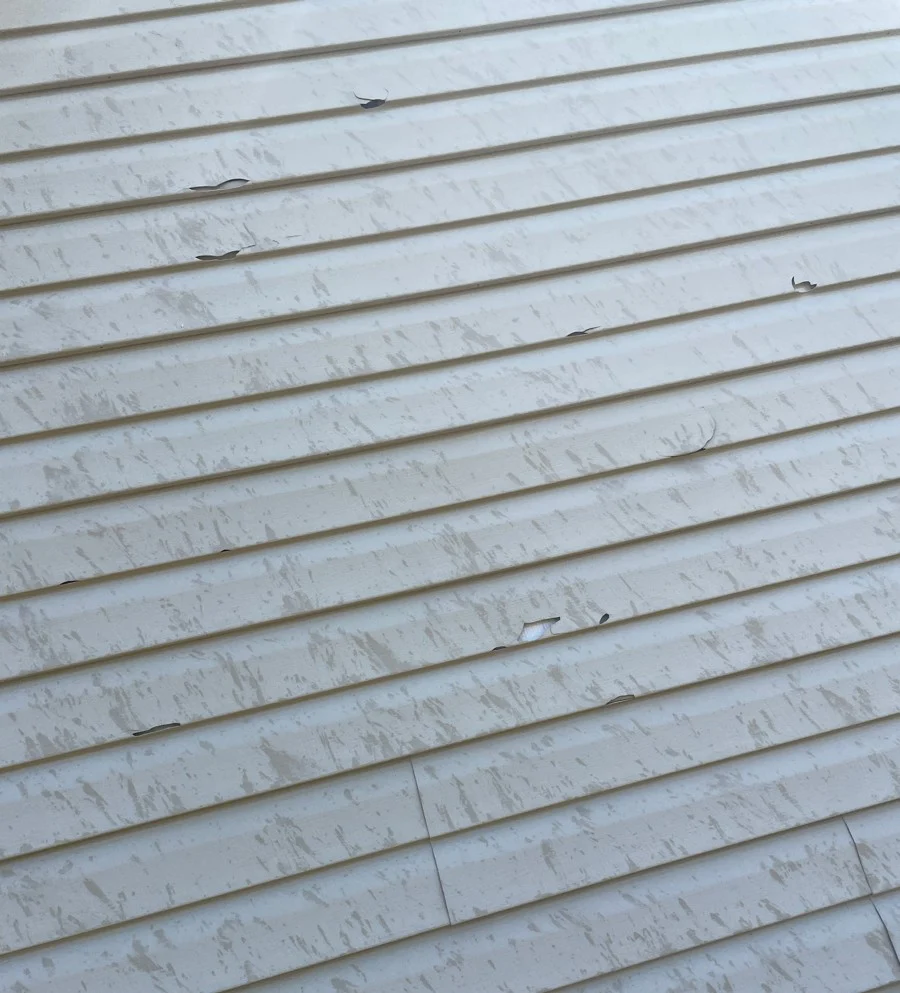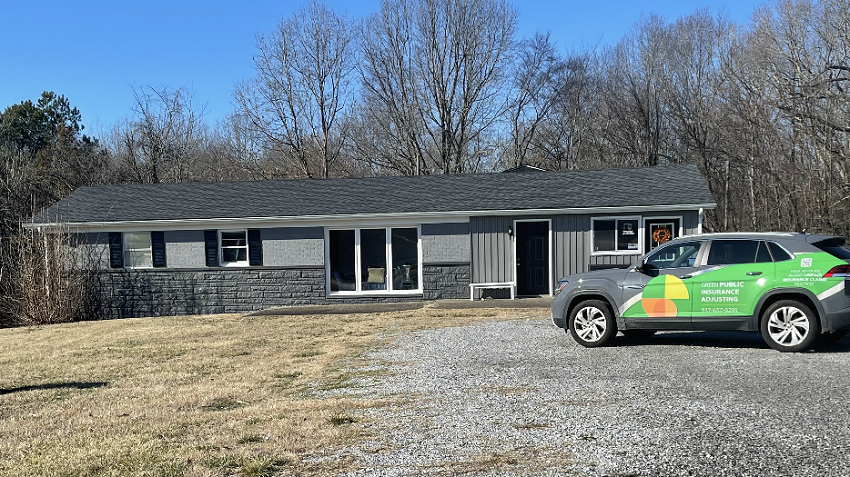In the world of property insurance claims, few topics spark as much back-and-forth between contractors, adjusters, and attorneys as hail spatter. Recently, a conversation on LinkedIn captured this tension perfectly: a contractor criticized an insurance adjuster for requesting proof of spatter on aluminum siding before acknowledging hail-related damage, while a leading attorney stepped in to defend the adjuster’s request—citing the carrier’s duty to investigate.
At first glance, this debate may seem like semantics. But in practice, it goes to the heart of how claims professionals determine what happened, when it happened, and whether it’s covered.
What Is Hail Spatter?
“Hail spatter” refers to the faint, circular marks left on surfaces—often aluminum, siding, HVAC fins, or soft metals—when hail impacts and removes oxidation, dirt, or algae. These marks temporarily lighten the surface, providing a visual record of impact. Over time, they fade as oxidation reappears.
Spatter is not damage in itself, but a forensic clue. Its presence—or absence—can help date a storm event or corroborate whether a property was struck by hail recently versus months or years ago.
Why Adjusters Look for Spatter
From an insurance standpoint, the carrier has a statutory and contractual duty to investigate the cause and timing of a reported loss. When an adjuster requests verification of spatter, it isn’t to deny coverage—it’s to confirm whether the hail damage being claimed corresponds to a recent event within the policy period.
If hail spatter is visible on downspouts, window wraps, or metal accessories, it may indicate that hail activity was recent. Conversely, if the siding shows dents but no spatter is present, the adjuster may question whether the hail occurred long ago and oxidation has since returned—suggesting an older event.
In short, spatter helps establish timing. And timing is key in coverage.
The Contractor’s Perspective
Contractors often push back on the “spatter test,” arguing that absence of spatter does not prove absence of hail. They’re right—environmental factors (rain, cleaning, repainting, or simply elapsed time) can erase spatter quickly. In some regions, even a few weeks of weather exposure may be enough to eliminate visible markings.
Moreover, functional damage—dents, fractures, or compromised coatings—should take precedence over aesthetic indicators like spatter. A lack of spatter doesn’t mean hail didn’t happen; it simply means the evidence may no longer be visible.
The Legal Perspective
From the attorney’s standpoint, verifying spatter can be part of a reasonable investigative process. Courts expect carriers to act with diligence and fairness—neither blindly paying claims nor denying them without factual basis. Asking for objective markers like spatter can support that duty to investigate, especially when policy language ties coverage to the timing of a “direct physical loss.”
But it’s also important for attorneys and public adjusters to contextualize spatter findings. Spatter should be viewed as one piece of the puzzle—not the deciding factor.
So… Does Spatter Matter?
Yes—and no.
Spatter matters as a temporal marker, helping determine when hail likely occurred. But it should never be used as the sole determinant of whether damage exists or coverage applies. A balanced investigation considers:
- Verified functional damage (dents, coating loss, fracture)
- Weather data and storm reports
- Material age and maintenance history
- Presence—or absence—of spatter and other corroborating evidence
In other words, spatter informs the story, but doesn’t define it.
Final Thoughts
The recent LinkedIn exchange illustrates why open dialogue between contractors, adjusters, and attorneys is so valuable. Each party brings a necessary lens to the conversation: the contractor sees the field evidence, the adjuster interprets it within policy terms, and the attorney ensures legal defensibility.
At the end of the day, the best claims outcomes occur when all three perspectives intersect—acknowledging that while spatter might fade, professional collaboration should never.
Green Public Insurance Adjusting is not a law firm, and its employees are not attorneys. Views expressed do not represent legal advice or the position of any law firm.





